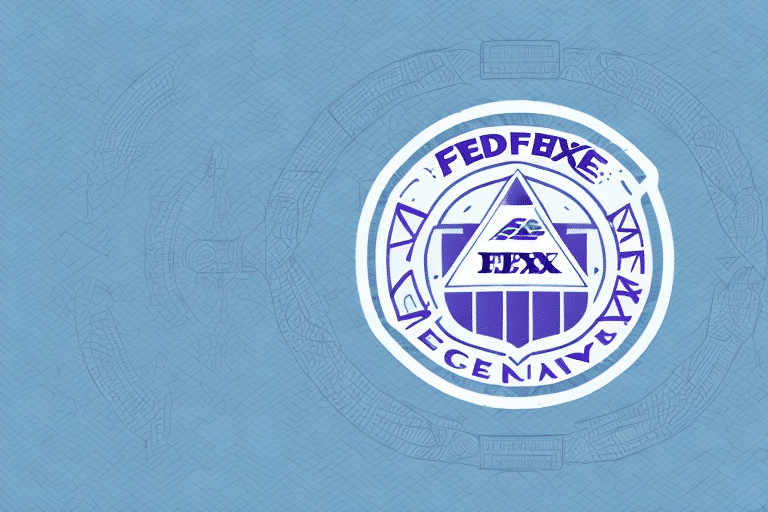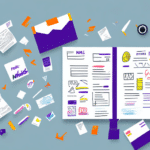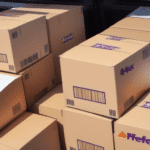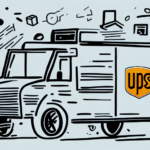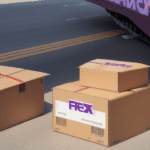Importance of Adding Insurance to Your FedEx Shipments
Adding insurance to your FedEx shipments is essential for protecting your valuable items during transit. Despite the reliability of FedEx and other carriers, accidents such as loss, theft, or damage can occur. Insurance ensures that you are financially protected and can recover the value of your shipment if any unfortunate events happen.
According to the U.S. Department of Transportation, shipping insurance can mitigate risks associated with transporting high-value or fragile items. Additionally, insured shipments can provide peace of mind, allowing businesses and individuals to focus on their core activities without worrying about potential losses.
Types of Shipments That Require Insurance
Not all shipments necessitate insurance, but certain types of packages benefit significantly from added protection:
- High-Value Items: Electronics, jewelry, and luxury goods should always be insured due to their substantial value.
- Fragile Items: Glassware, artwork, and delicate machinery are prone to damage and require careful handling.
- Perishable Goods: Items like pharmaceuticals, food products, and flowers may need insurance to cover losses from spoilage.
- International Shipments: Longer transit times and varied handling procedures increase the risk of loss or damage.
Ensuring that the declared value of your shipment aligns with the insurance coverage is crucial for adequate protection.
FedEx Ship Manager Insurance Options
FedEx provides comprehensive insurance options through Ship Manager:
- Declared Value Coverage: Automatically included with shipments, covering up to $100 USD without additional cost.
- Additional Liability Coverage: For items valued above $100 USD, this option allows coverage up to $50,000 USD. This is ideal for high-value or irreplaceable items.
It's important to review the specific terms and conditions of each coverage type. For more details, visit the FedEx Insurance Information page.
Adding Insurance to Your Shipment: Step-by-Step Guide
Follow these steps to add insurance to your FedEx shipment:
- Log In: Access your FedEx Ship Manager account.
- Enter Shipment Details: Input the destination, package dimensions, and weight.
- Declare Value: Specify the shipment's value when prompted.
- Select Insurance Option: Choose between Declared Value Coverage or Additional Liability Coverage based on your needs.
- Review Terms: Carefully read the insurance policy terms and conditions.
- Complete Booking: Finalize your shipment and pay the applicable insurance and shipping fees.
For high-value items, you may need to provide additional documentation. Contact FedEx Customer Service for assistance.
Calculating and Choosing the Right Insurance Coverage
The cost of insurance with FedEx Ship Manager depends on the declared value of your shipment:
- Declared Value Coverage: Included up to $100 USD.
- Additional Liability Coverage: Approximately $1 per $100 of declared value beyond the initial $100 USD.
For example, a shipment valued at $500 USD would incur an additional $5 USD for Additional Liability Coverage.
When choosing coverage, consider the following:
- Item Value: Accurately appraise the worth of your items to ensure adequate coverage.
- Shipping Risks: Assess potential hazards during transit, such as weather conditions or handling procedures.
- Destination: International shipments may face higher risks and require more comprehensive coverage.
Utilize tools like FedEx's shipping calculator to estimate insurance costs effectively.
Tips for Choosing the Right Insurance Coverage
- Get an Independent Appraisal: For high-value items, an appraisal can help determine the accurate declared value.
- Evaluate Shipping Conditions: Fragile or sensitive items may need higher coverage due to increased risk of damage.
- Review Carrier Policies: Understand FedEx's insurance terms and compare them with other carriers if necessary.
- Consider Comprehensive Coverage: For valuable international shipments, additional coverage may offer better protection.
By carefully assessing your shipment's value and risks, you can select the most appropriate insurance coverage to safeguard your items.
Avoiding Common Insurance Mistakes
- Underestimating Shipment Value: Always declare an accurate value to ensure sufficient coverage.
- Overlooking Terms and Conditions: Read and understand the insurance policy to know what's covered.
- Poor Packaging: Proper packaging reduces the risk of damage and supports insurance claims.
- Assuming All Items Are Covered: Certain items, like cash or specific antiques, may have coverage limitations.
Additionally, research and compare insurance options from different carriers to find the best fit for your specific needs. Properly packaging and labeling your shipment can also prevent potential issues during transit.
Filing an Insurance Claim with FedEx
If your shipment is lost, stolen, or damaged, follow these steps to file an insurance claim:
- Report the Issue: Contact FedEx Customer Service to notify them of the problem.
- Provide Documentation: Submit necessary documents, including proof of value, receipts, and evidence of damage or loss.
- Complete Claim Forms: Fill out all required claim forms accurately and thoroughly.
- Follow Up: Regularly check the status of your claim to ensure timely processing.
For detailed information on the claims process, refer to the FedEx Claims Page.
Conclusion
Adding insurance to your FedEx shipments is a crucial step in protecting your valuable items during transit. By understanding the available insurance options, accurately declaring the value of your shipments, and following best practices for packaging and documentation, you can mitigate risks and ensure peace of mind.
Always stay informed about FedEx's latest insurance policies and procedures by visiting their official website or contacting customer support. Proper insurance coverage not only safeguards your items but also enhances your overall shipping experience.













